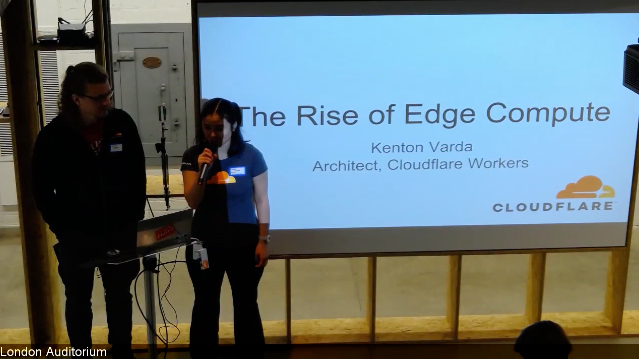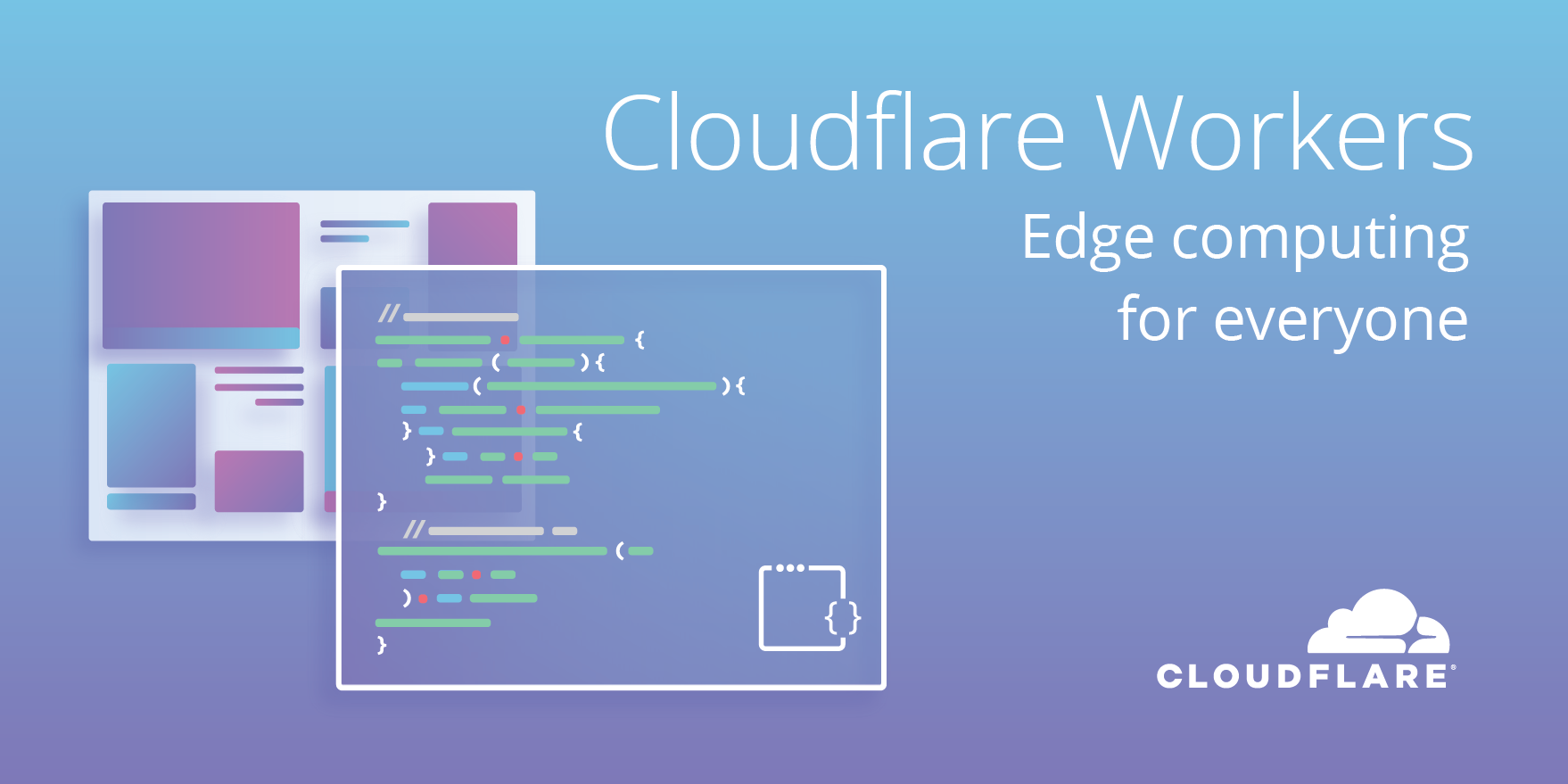History Of Networking – Geoff Houston – BGP Security
Outro Music:
Danger Storm Kevin MacLeod (incompetech.com)
Licensed under Creative Commons: By Attribution 3.0 License
http://creativecommons.org/licenses/by/3.0/
The post History Of Networking – Geoff Houston – BGP Security appeared first on Network Collective.
Datanauts 133: Perfecting The Job Hunt
Whether by choice or circumstance, it’s inevitable you’ll find yourself looking for a new job.
On today’s Datanauts episode we break down the job hunt process to help you understand what you want, what you have to offer, and how to make the most of your application.
Our guest is Doug Lane, a tech/ops professional who’s been working in IT for 25 years. He’s also recently gone through the process of finding and getting a new job. You can follow him on Twitter at @debuggist.
Doug shares his experiences and tips about how he approached the job search. We start by talking about honestly understanding your own strengths and weaknesses, and then thinking about what kind of job it is you really want.
We also discuss how to evaluate job descriptions, and how to nail the application process.
The post Datanauts 133: Perfecting The Job Hunt appeared first on Packet Pushers.
DNA Tests Raise Privacy Questions
The news was amazing: Police in California used DNA evidence collected decades ago to identify the suspected Golden State Killer, a serial killer and rapist active between the mid-‘70s and mid-‘80s.
Investigators from the Sacramento County Sheriff’s Department entered the old DNA into online genealogical database GEDmatch and were able to zero in on suspect Joseph James DeAngelo Jr. by linking the DNA sample to relatives in the database.
A suspected serial killer won’t generate much sympathy from the public, but privacy advocates say the case raises a series of difficult questions about uses of DNA.
The Golden State Killer “was absolutely evil,” said Pam Dixon, executive director of the World Privacy Forum. “We can all definitely agree that serial killers should be taken off the street.”
Still, Dixon and other privacy advocates wonder about the repercussions of the case. “There is no privacy right that I know of in regard to this kind of linking,” she said.
Among the major questions:
- What court approvals should police get before searching DNA databases?
- Should police be able to use DNA from distant relatives to track down criminals?
- And how long should DNA evidence be searchable?
These are difficult questions, but Continue reading
Advancing Your Computer Networking Career: 10 Tips
Looking to move ahead in your networking job? Here are some ideas to jump-start your IT career in the field of networking.
Why Content Providers don’t like Access Service Providers
Why Content Providers (Over the Top) don’t like Access Service Providers ? Probably title of this post could be a ‘ Power of Access Providers ‘ or better , should be ‘ Why Some Content Providers don’t like Some Access Service Providers’. You will understand the reasons at the end of the post I promise. […]
The post Why Content Providers don’t like Access Service Providers appeared first on Cisco Network Design and Architecture | CCDE Bootcamp | orhanergun.net.
Why Content Providers don’t like Access Service Providers
Why Content Providers (Over the Top) don’t like Access Service Providers ? Probably title of this post could be a ‘ Power of Access Providers ‘ or better , should be ‘ Why Some Content Providers don’t like Some Access Service Providers’. You will understand the reasons at the end of the post I promise. …
Continue reading "Why Content Providers don’t like Access Service Providers"
The post Why Content Providers don’t like Access Service Providers appeared first on Cisco Network Design and Architecture | CCDE Bootcamp | orhanergun.net.
Why Content Providers don’t like Access Service Providers
Why Content Providers (Over the Top) don’t like Access Service Providers ? Probably title of this post could be a ‘ Power of Access Providers ‘ or better , should be ‘ Why Some Content Providers don’t like Some Access Service Providers’. You will understand the reasons at the end of the post I promise. …
Continue reading "Why Content Providers don’t like Access Service Providers"
The post Why Content Providers don’t like Access Service Providers appeared first on Cisco Network Design and Architecture | CCDE Bootcamp | orhanergun.net.
Autumn 2018 Network Automation Course Starts on September 18th
When the Spring 2018 Building Network Automation Solutions online course started, we didn’t know whether we’d run another course in 2018, so we offered engineers who wanted to get an early start Believer price.
The wait is over: the autumn 2018 course starts on September 18th. The schedule of the live sessions is already online, and we also have the first guest speakers. We’ll announce them in early June at which time you will no longer be able to get the Enthusiast price, so register ASAP.
CA Technologies To Cut 800 Jobs As Company Shifts Business Model
 The company said that it is consolidating the number of its offices and letting go of employees that don't have the right skill sets.
The company said that it is consolidating the number of its offices and letting go of employees that don't have the right skill sets.
Customer Hack Leads IBM, Red Hat to Combine Cloud, Container Support
 IBM’s Cloud Private management layer can be deployed directly on top of OpenShift. This will also provide IBM’s middleware with access into that new infrastructure.
IBM’s Cloud Private management layer can be deployed directly on top of OpenShift. This will also provide IBM’s middleware with access into that new infrastructure.
NetApp Partners With Google, Ups the Ante in its Cloud-Connected Game
 Analysts praised the company for its ongoing effort to transition from a traditional storage vendor to a cloud data services company
Analysts praised the company for its ongoing effort to transition from a traditional storage vendor to a cloud data services company
Off-Premises Cloud Services to Reach $374B in 2022, Says IHS
 In 2017 Amazon led the IaaS market with 41 percent of revenue, while Microsoft topped the list for PaaS with 26 percent of revenue, according to IHS Markit.
In 2017 Amazon led the IaaS market with 41 percent of revenue, while Microsoft topped the list for PaaS with 26 percent of revenue, according to IHS Markit.
The Rise of Edge Compute: The Video

At the end of March, Kenton Varda, tech lead and architect for Cloudflare Workers, traveled to London and led a talk about the Rise of Edge Compute where he laid out our vision for the future of the Internet as a platform.
Several of those who were unable to attend on-site asked for us to produce a recording. Well, we've completed the audio edits, so here it is!
Visit the Workers category on Cloudflare's community forum to learn more about Workers and share questions, answers, and ideas with other developers.
How to manage access in a web-scale data center
One of the consistent questions that arises during the web-scale transition is the impact of managed access to networking infrastructure. How do we take traditional management techniques and adapt them to the new operational paradigm of web-scale networking, where automation drives the majority of changes and the infrastructure is treated as a holistic entity rather than node-by-node?
Local privileges
In the most basic way, we can migrate existing workflows to the new paradigm. Though inefficient, the old way of doing things still works with the new web-scale paradigm. The easiest way to do this is to restrict access to your switches using local privileges. In Linux, users are controlled using the adduser command, and the permissions for that user are controlled using the chmod commands.
A list of all users is stored in the /etc/passwd folder of Linux:
cumulus@leaf02:~$ cat /etc/passwd root:x:0:0:root:/root:/bin/bash daemon:x:1:1:daemon:/usr/sbin:/usr/sbin/nologin bin:x:2:2:bin:/bin:/usr/sbin/nologin sys:x:3:3:sys:/dev:/usr/sbin/nologin sync:x:4:65534:sync:/bin:/bin/sync games:x:5:60:games:/usr/games:/usr/sbin/nologin man:x:6:12:man:/var/cache/man:/usr/sbin/nologin lp:x:7:7:lp:/var/spool/lpd:/usr/sbin/nologin mail:x:8:8:mail:/var/mail:/usr/sbin/nologin news:x:9:9:news:/var/spool/news:/usr/sbin/nologin uucp:x:10:10:uucp:/var/spool/uucp:/usr/sbin/nologin proxy:x:13:13:proxy:/bin:/usr/sbin/nologin www-data:x:33:33:www-data:/var/www:/usr/sbin/nologin backup:x:34:34:backup:/var/backups:/usr/sbin/nologin list:x:38:38:Mailing List Manager:/var/list:/usr/sbin/nologin irc:x:39:39:ircd:/var/run/ircd:/usr/sbin/nologin gnats:x:41:41:Gnats Bug-Reporting System (admin):/var/lib/gnats:/usr/sbin/nologin nobody:x:65534:65534:nobody:/nonexistent:/usr/sbin/nologin systemd-timesync:x:100:103:systemd Time Synchronization,,,:/run/systemd:/bin/false systemd-network:x:101:104:systemd Network Management,,,:/run/systemd/netif:/bin/false systemd-resolve:x:102:105:systemd Resolver,,,:/run/systemd/resolve:/bin/false systemd-bus-proxy:x:103:106:systemd Bus Proxy,,,:/run/systemd:/bin/false frr:x:104:109:Frr routing suite,,,:/var/run/frr/:/bin/false ntp:x:105:110::/home/ntp:/bin/false uuidd:x:106:111::/run/uuidd:/bin/false messagebus:x:107:112::/var/run/dbus:/bin/false sshd:x:108:65534::/var/run/sshd:/usr/sbin/nologin snmp:x:109:114::/var/lib/snmp:/usr/sbin/nologin dnsmasq:x:110:65534:dnsmasq,,,:/var/lib/misc:/bin/false _lldpd:x:111:115::/var/run/lldpd:/bin/false cumulus:x:1000:1000:cumulus,,,:/home/cumulus:/bin/bash
Users can be added and deleted using the adduser and deluser commands:
cumulus@leaf02:~$ sudo Continue reading

